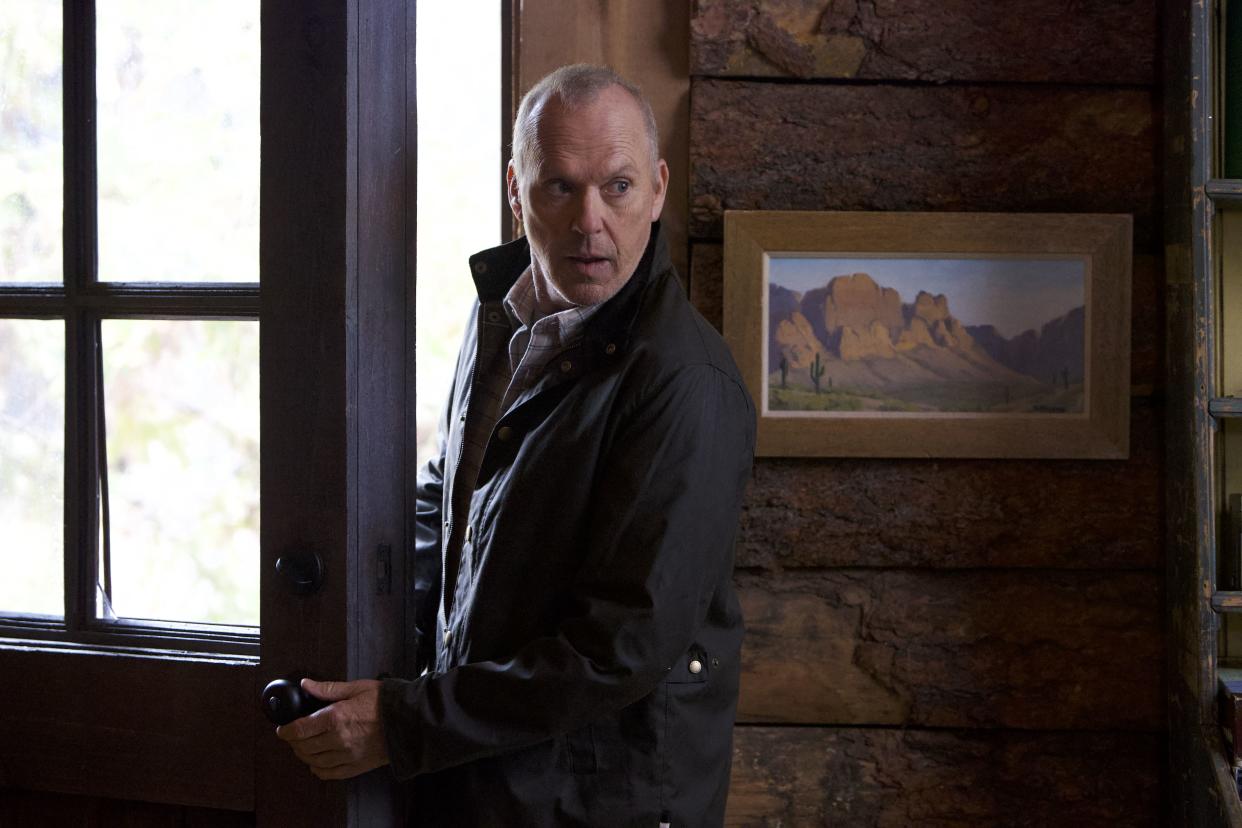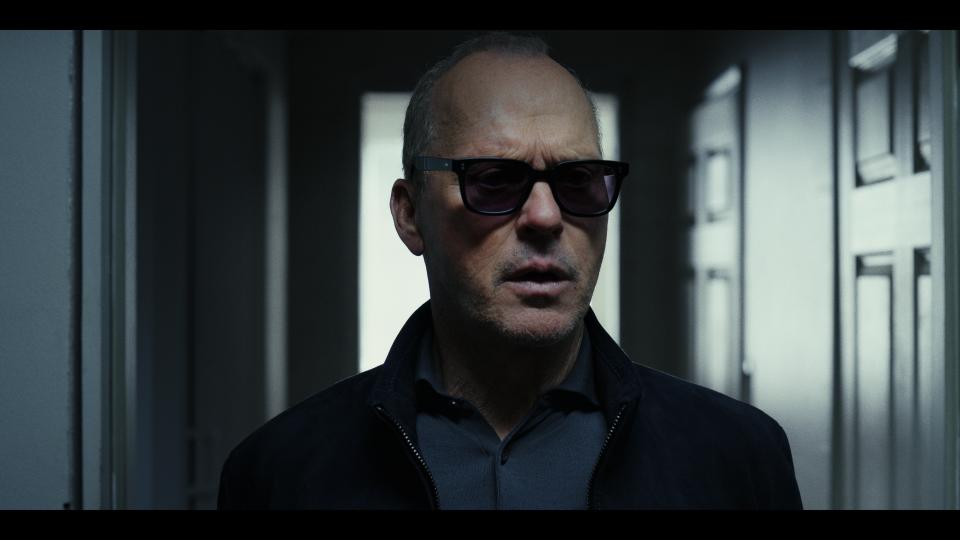For Michael Keaton, Directing ‘Knox Goes Away’ Was a Game of Jenga

“Knox Goes Away” is the second feature film directed by Michael Keaton, following 2008’s “The Merry Gentleman,” and like that film, it’s a thoughtful character study with a restrained but expressive visual style. It’s also a more ambitious and varied piece of work that provides the audience with the pleasures of multiple movies in one: it’s suspenseful but also contemplative, tragic yet wryly funny, and it turns on several shifts in tone and plot that have to be carefully prepared for so that they remain unpredictable but exhibit the kind of subtle clarity that rewards repeat viewings. For Keaton, the challenge was both the appeal of the project and a source of mild trepidation. “It was both daunting and intriguing,” he told IndieWire’s Filmmaker Toolkit podcast. “And challenging and exciting and kind of fun to see if [I] could pull it off.”
In “Knox Goes Away,” Keaton plays the title character, an assassin with a rapidly progressing form of dementia who races against the clock to put his personal and professional affairs in order. It was a part that kept haunting Keaton, even as he made other films before committing to directing and starring. “I read the script, went away, did a movie, came back, went away, did another movie, and then thought I’d pick it up and read it again,” Keaton said. “It took a while to get there.” Once Keaton did sign on to direct, he realized how delicate Gregory Poirer’s script was in terms of its tonal balance and intricate plotting; Keaton described it as a cinematic form of Jenga. “There was no sense in even starting it if one thing’s out of place. If one thing doesn’t work, the movie’s not worth making. It’s not the kind of thing where you can say, ‘That storyline’s not so interesting, but we can cut it.’ When you edited it, you didn’t have that luxury.”
More from IndieWire
One of the biggest challenges was keeping the audience properly in the dark, so that they were confused only when they were supposed to be and behind or ahead of the characters in ways that gave the story its greatest emotional impact. Keaton credited editor Jessica Hernandez with finding the best ways to present the information. “She thought of stuff I would not have thought of,” he said, noting that sometimes she would change a scene so subtly that he couldn’t even tell what she did, only that “Knox Goes Away” was flowing more smoothly. One of the keys was determining the point of view, as it was crucial to deciding when and how to let the audience in on the movie’s secrets. “When the audience is seeing what the son [James Marsden] is seeing, they need to be in his shoes, but at the same time they’re thinking, ‘Wait, I don’t think his son is understanding what’s going on right now.’ So you really had to keep the audience off balance.”

Adding to the degree of difficulty was the fact that Keaton only had a 25-day shooting schedule to film a relatively complex story, though he ultimately felt that the limitations helped the movie. “I don’t know if having constraints makes it easier, but you don’t have choices,” Keaton said. “It makes you think when you have to scramble.” The short schedule aligned with Keaton’s visual approach to “Knox Goes Away,” which allowed the performances and drama to dictate the images in hypnotic compositions and camera moves rather than excessive cutting. Given the low budget and tight time frame, Keaton was always looking for ways to consolidate, choosing locations in close proximity to each other to minimize company moves. “I was saving [the production] tons of money, but I wasn’t being magnanimous or generous. I was going, ‘If I can do that, it’s going to give me a little more time down the road, or I’d rather spend the money down there.'”
Keaton’s frugality paid off when he got to the editing room and realized he needed some additional driving scenes to help with the rhythm and mood, and there was still money left in the budget to shoot the footage. Ironically, Keaton says that by moving quickly, he’s able to feel less rushed, not more, because he’s not getting behind — something that’s aided by directing himself in the lead role. “There are a lot of pluses to directing yourself,” Keaton said. “You have a head start and a big advantage in terms of time — there’s less discussion because you don’t have to have the discussion with yourself. There’s a lot of wasted time on movie sets, and the energy just gets bogged down. You’ve got to keep the pace up so people don’t get bored.”
For Keaton, the key to keeping that pace up is simply making sure everyone is making the same movie. “Does everybody know the story we’re telling? Because once you know that, you’re not wasting time having a lot of discussions about stuff like wardrobe that makes no sense because it’s not the movie that you’re making.” Decades of working in film and television on other people’s sets have given Keaton an idea of how he likes to work and the environment he likes to create for his collaborators, though he says it’s more of an intuitive process than a calculated strategy. “I don’t consciously say, ‘Hey gang, let’s have a groovy time,’ I just hope I set the right tone,” he said. “The people who said this was hands down the best experience making a movie they’ve had…that makes me happier than almost anything.”
“Knox Goes Away” is now playing in select theaters.
Best of IndieWire
The Best Thrillers Streaming on Netflix in March, from 'Fair Play' to 'Emily the Criminal'
The Best Picture Winners of the 21st Century, Ranked from Worst to Best
The 65 Best Sci-Fi Movies of the 21st Century, from 'Melancholia' and 'M3GAN' to 'Asteroid City'
Sign up for Indiewire's Newsletter. For the latest news, follow us on Facebook, Twitter, and Instagram.


